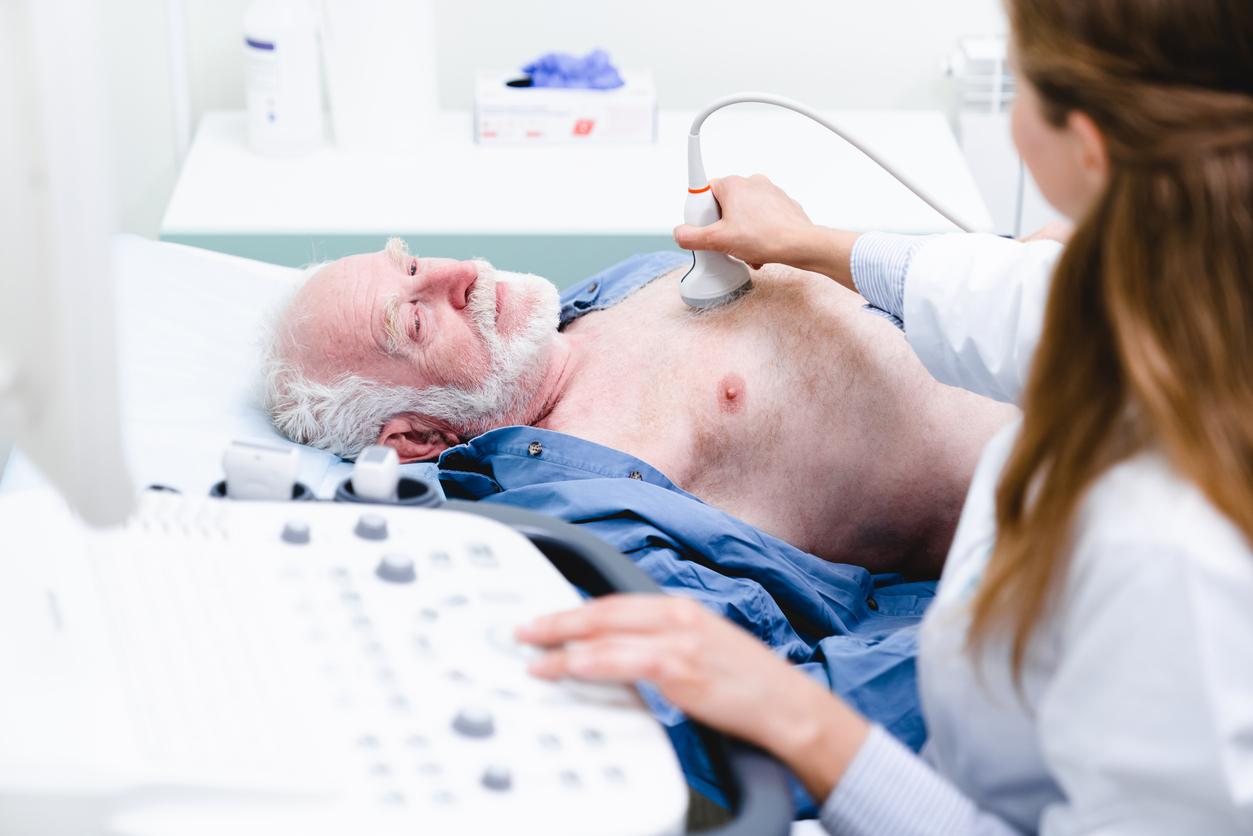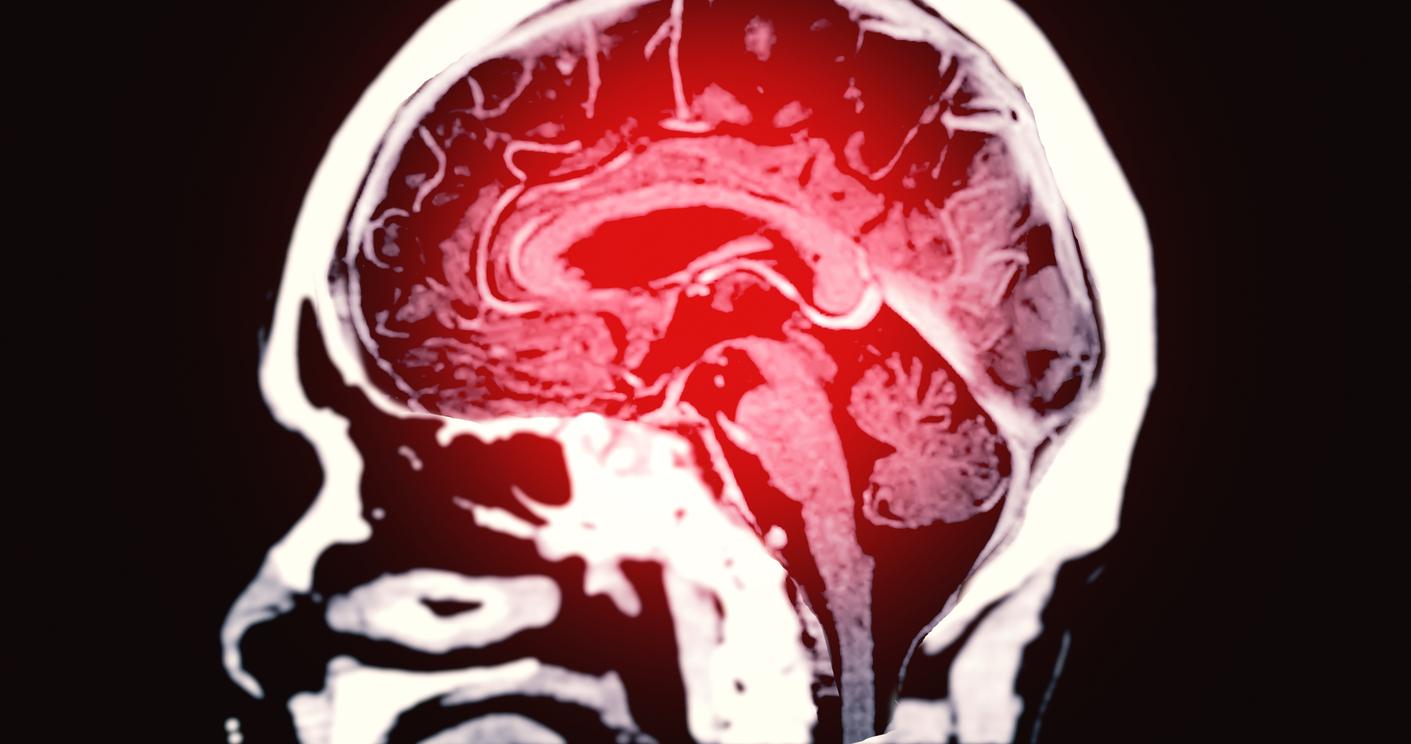A study published in the “New England Journal of Medicine” shows for the first time that in severe stroke, catheter ablation of the clot was more effective than drugs alone.

It’s a discovery that went a little unnoticed but could yet change the lives of many people.
A study published in the New England Journal of Medicine comes for the first time to prove that “thrombectomy” was more effective than drugs in getting rid of large blood clots that cause severe cerebrovascular arrest (stroke). Thrombectomy means the removal of a blood clot via catheters: these are inserted in the thigh and go up to the brain within the blocked artery. At the end of the catheter is a stent, that is to say a kind of clot trap formed of metal mesh. After three minutes, the catheter is removed, taking the clot with it. Most often performed under local anesthesia (although general anesthesia is possible), this operation does not cause pain. If this technique has existed since 2004, this is the first time that a study has scientifically demonstrated its effectiveness.
Of the 130,000 strokes that take place every year in France (one every 4 minutes), 80% are ischemic, that is to say they are caused by a clot blocking an artery.
Thrombectomy allows 60 to 80% of “recanalization”
To treat these strokes, “there is a product – fibrinolytic drugs like Alteplase – which is a kind of” Destop “which will destroy the clot”, explains Doctor Bertrand Lapergue, neurologist at Hôpital Foch. The problem with this product is that it is only effective for small clots: “When a large clot blocks a cerebral artery, these products are only partially effective: they only act in 20 to 40% of cases. case, ”he adds.
Thrombectomy allows 60 to 80% of “recanalization”, that is to say the fact of being able to unclog the artery in an emergency.
Listen to Doctor Bertrand Lapergue, from the neurovascular service of the Foch hospital: ” The study is major because it is the first time that it has been shown that when we perform a thrombectomy we serve the patient and reduce the handicap caused by his stroke: paralysis, language disorders … “
30% of patients regain satisfactory autonomy
The study, which was carried out on 500 people in the Netherlands, shows that three months after a severe stroke, thrombectomy (in addition to medication) allowed 30% of patients to regain satisfactory autonomy and to live again. independently, compared with only 16% for drug treatment without thrombectomy. So very impressive results.
Listen to Doctor Bertrand Lapergue : “ At Hôpital Foch, we have systematically used these new technologies for 4 years because we are fortunate to have all the technical facilities that allow us to do it in extreme urgency: specialized neurologists to make the diagnosis of Stroke, and specialized radiologists who are able to mount the catheters to go and capture the clot. “
Concretely what will this study change? For Dr Lapergue, thrombectomy should be part of the standard treatment for stroke from 2015. “All the units that receive strokes will have to be able to treat – either on site or to transfer in extreme urgency – their patients. who have a stroke and who have a large blocked artery in their brain in specialized centers capable of recovering the clot through thrombectomy. “
.















